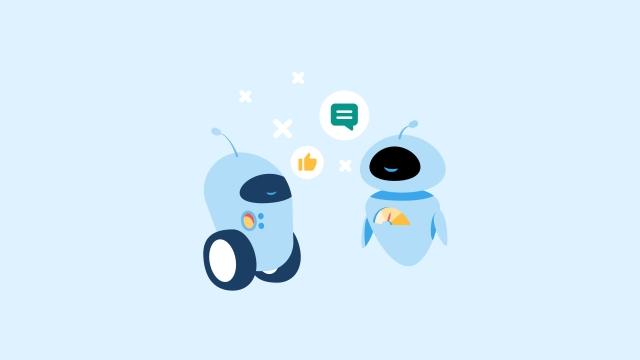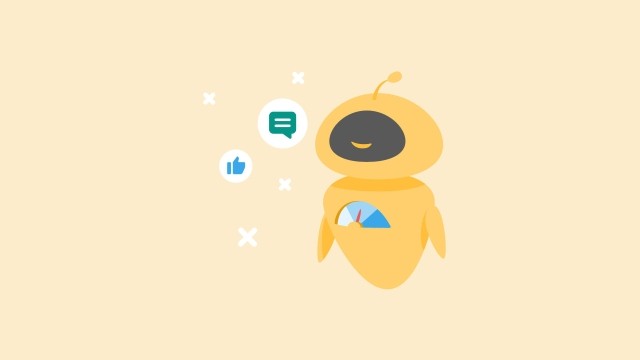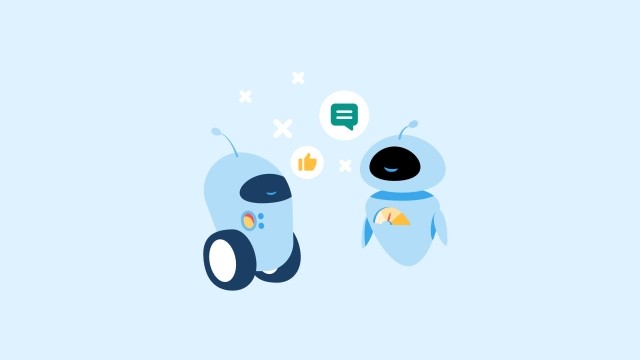The latest GPT version is out: GPT-4! Find out what it can do, what companies are doing with it, and why it's still not 100% safe to use.
OpenAI just launched their latest GPT version, GPT-4. Experts agree that it's the most advanced rendering of the AI model yet. We'll take a look at the new model, see how some companies and organizations are already using it, and how you can try the GPT technology for free.
What does GPT-4 offer?
The GPT technology is certainly starting to feel like the early days of Apple's iPhone where every new model release generates a lot of buzz and excitement. As every new version offers more advanced features that are also easily accessible for the general public, it's simply fun to explore what the new models offer.
In a Twitter post, announcing the launch of GPT-4, OpenAI's Sam Altman called it their "most capable and aligned model yet."
Open AI's newest multimodal model has been trained with Microsoft's Azure AI supercomputer. So, if you've been using the new Bing search engine, you've already experienced GPT-4. According to Open AI, it took six months to develop the new version. The new model is said to be more powerful, but also better trained in addressing concerns over adversarial usage, producing unwanted content, and privacy concerns.
GPT-4: More powerful AI model
GPT-4 is still an AI tool that helps users complete tasks through language and text. However, compared to its predecessor, ChatGPT, the fourth rendering of the AI model can now produce texts with 25,000 words. ChatGPT's limit was 3,000 words. It also works with 100 trillion parameters, as opposed to previously "only" 175 billion.
One exciting new feature is its image recognition. GPT-4 can interpret images, and turn them into text. It's also able to draw logical conclusions if you ask it a question about the picture. As an example, if the AI is shown an image with several balloons attached to a string, and you ask it what would happen if you cut the string, GPT-4's answer is that the balloons will fly away.
The new AI model is supposedly also better in helping users with learning and creative tasks.
With a few select partners, Open AI has also explored some promising business use cases for the AI model.
From learning to accessibility: New business use cases with GPT-4
The use cases for the latest GPT model reach from improving access to information to using GPT as a tutor to improving accessibility for people with disabilities.
For example, the Danish start-up, Be My Eyes, uses GPT-4's image recognition capabilities to make visual content more accessible for people who are blind or have low vision. Instead of the rather limited alt image descriptions, GPT-4 can now provide users with more context around an illustration, and improve the user experience.
Another interesting use case is Khan Academy's pilot program that uses GPT-4 as a tutor. For example, the AI model can help fifth graders to understand math problems, not by just giving them the answer, but by actually explaining mathematical principles on their level of knowledge.
The language app Duolingo is also trying out GPT-4 for an enhanced learning experience, where users can practice their language skills with an AI partner or use the technology to learn why their answers were incorrect.
💡Check out how Digify Africa is using a WhatsApp chatbot to make education more accessible!
Morgan Stanley, on the other hand, uses the AI model internally, to help their employees find information faster. For a company with vast amounts of data, this can save a lot of time.
Even governments have started using the new GPT model. Iceland, for example, is training GPT-4 with Icelandic vocabulary to help preserve the language.
Still some safety issues
Even though the Open AI team has worked on improving the security and safety issues of GPT, it's still a technology that's not 100% secure.
"GPT-4 still has many known limitations that we are working to address, such as social biases, hallucinations, and adversarial prompts."
Open AI
Especially, if you're looking at using the technology in a business content, you should carefully evaluate other issues as well.
- data protection (as an open software, Open AI's GPT models are not offering strict protection of user data)
- copyright issues (content produced by GPT-4 might be protected)
- GPT models can't work with information they don't have access to
Also keep in mind that GPT can give plausible answers to questions and produce logical text, but there is no guarantee that the information is correct, even if the newest model has a much better accuracy rate.
How to try GPT for free
Currently, there are two ways to try GPT-4 through OpenAI. One is through the API, but you'll have to put your name on the waitlist. With the popularity of the technology, this could take some time.
The other option is through ChatpGPT Plus. Here, you'll have to pay 20 US dollars per month to get access.
If you're curious to try the GPT technology for free, there is actually a third option: Sinch Engage. The conversational platform for messenger apps has a GPT-integration where you can explore different use cases, such as getting help with the creation of newsletters or enhancing your customer service agents responses.
Try out Sinch Engage for free, and get free access to GPT!




